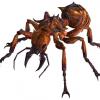1. I found these alates flying at dusk at lights next to the Algodones Dunes. There's a little store on Hwy 78 that runs metal halide lights 24/7. Since it's next to the desert, pretty much every insect gets attracted to the light.
2. 4-19-15
3. Sandy creosote scrub and dune habitat
4. ~10 mm
5. Red head and thorax, red-yellow gaster
6. 2 petioles, no spine. The eyes look pretty big to me, especially on the males.
7.
8. These alates surprised me, since they were clearly Pogonomyrmex but the only Pogonomyrmex species I had seen was P. californicus (bicolor).
9 .
I think these are Pogonomyrmex magnacanthus since they're smaller than the P. californicus workers I had seen running around near where I found these alates. I caught both males and females, and I'm including pictures of the males so you can see what I'm talking about in terms of eyes.
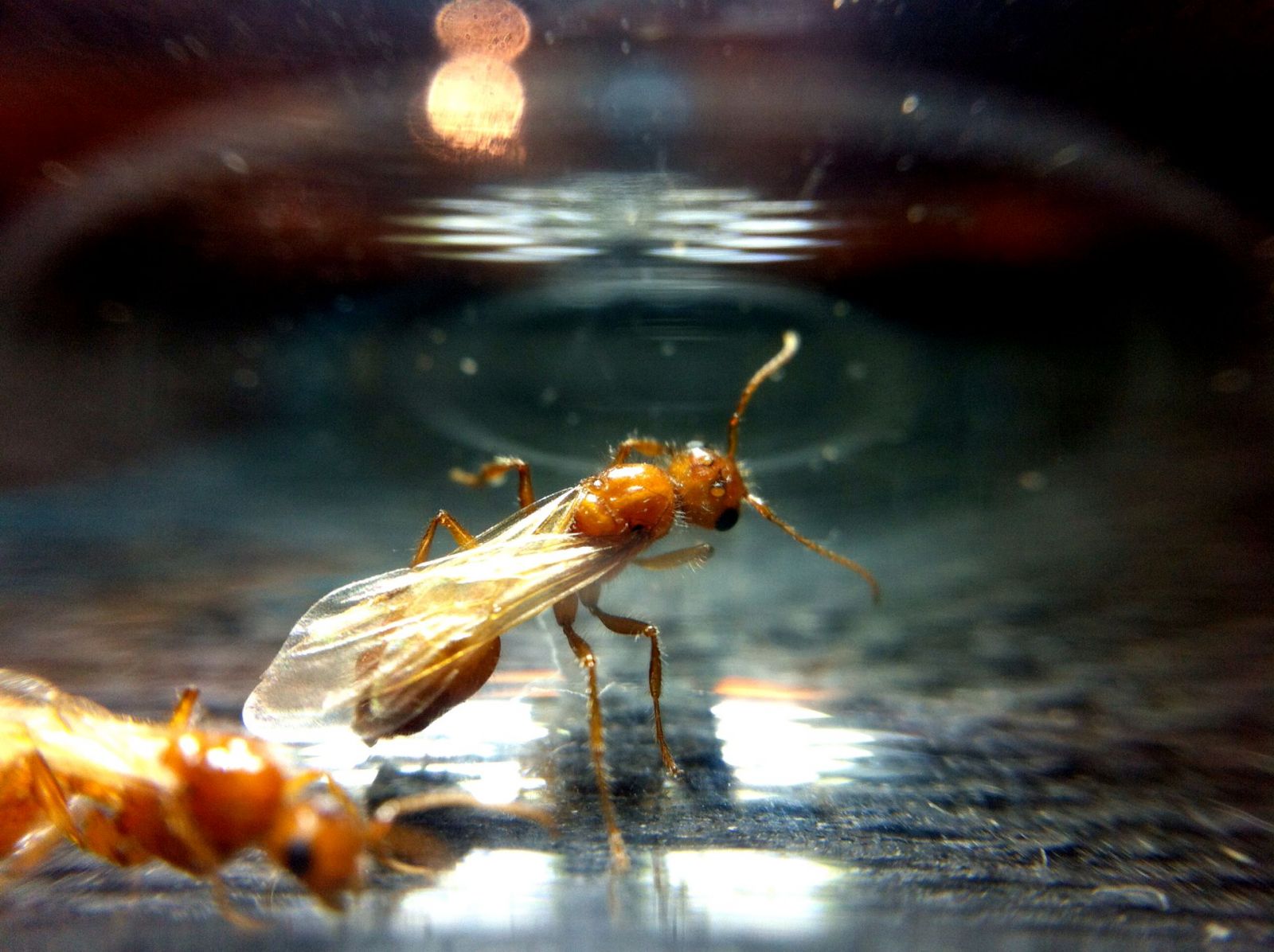
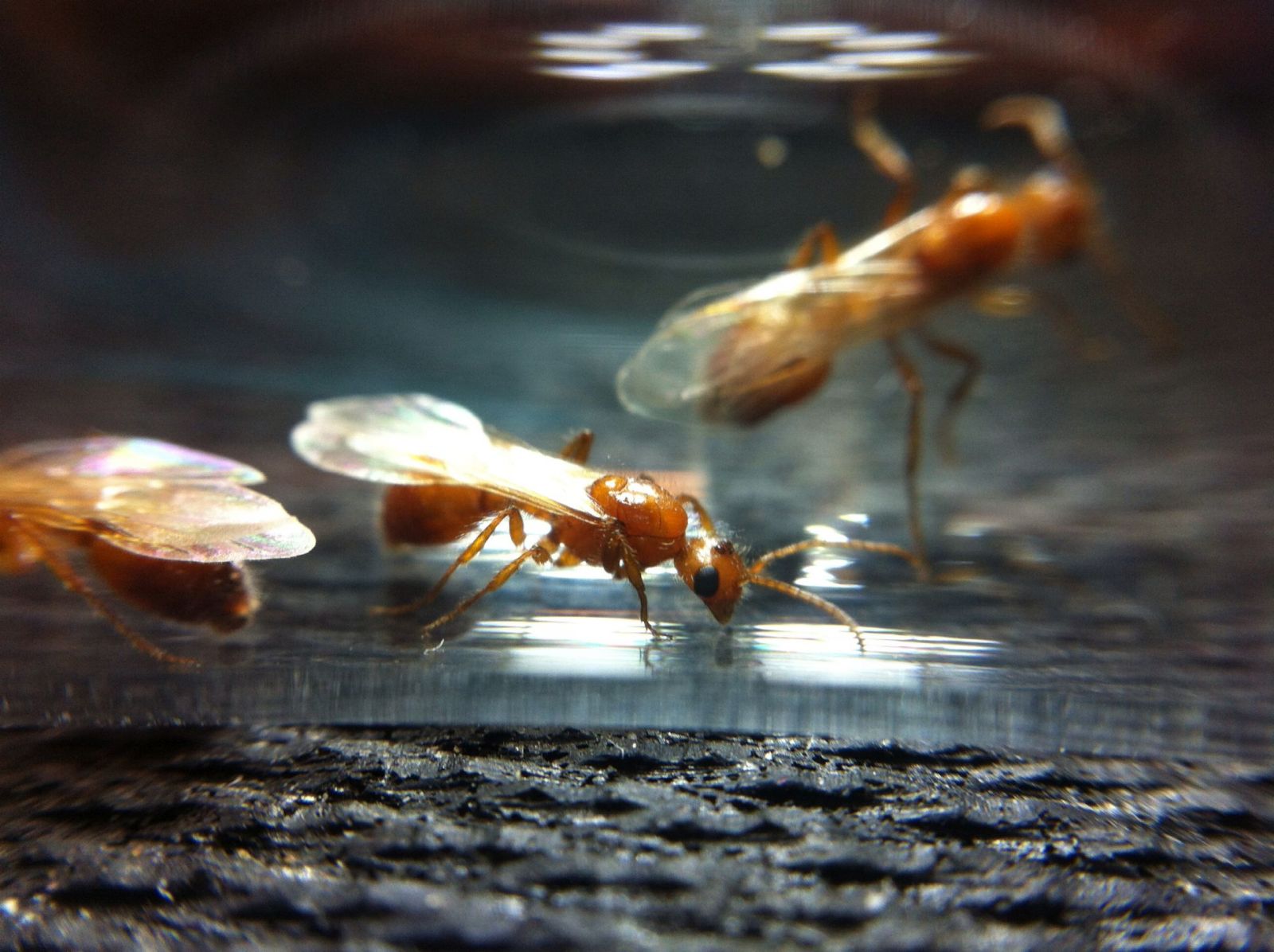
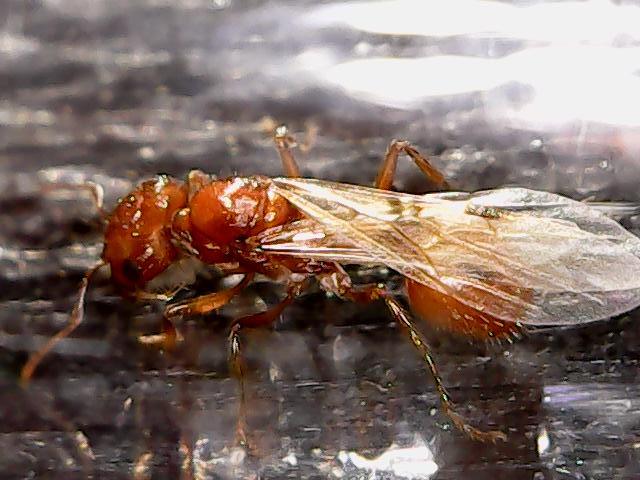
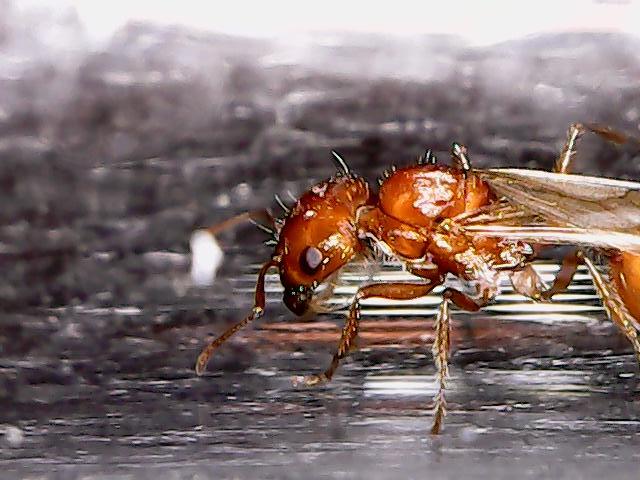
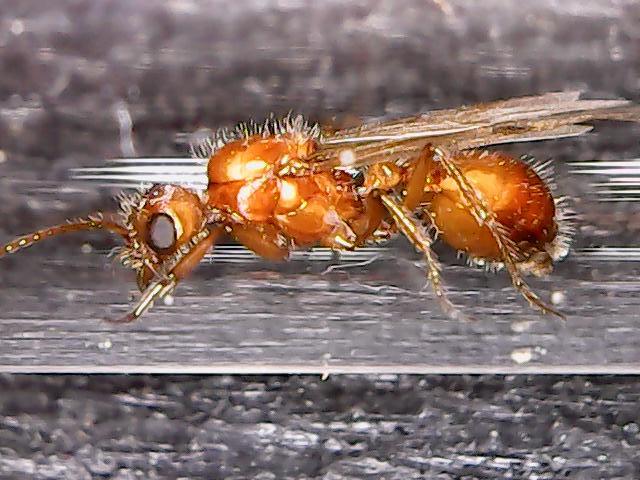
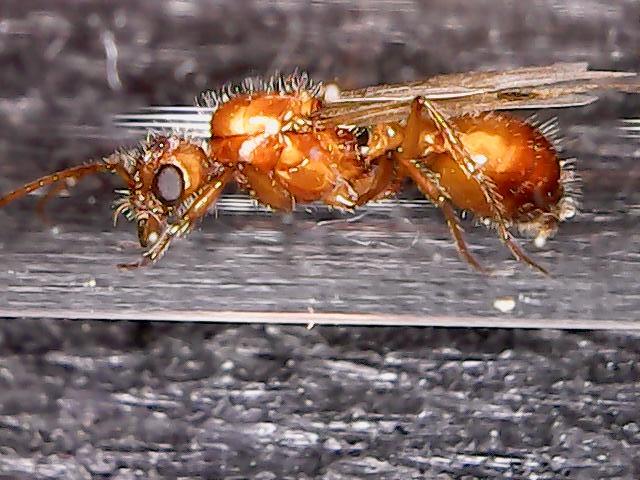
Edited by kellakk, April 21 2015 - 7:28 AM.









